| Backcountry Photography Tips and Special Gears |
 |
|
Backcountry photography involves shooting in remote locations, far from cities and towns. Outdoor photographers can potentially find themselves in the backcountry for extended periods of time, where they may experience varying weather and light conditions. This area of photography requires specific gear to aid in the photographic process and to keep valuable equipment safe. Without the artificial lighting of a studio or indoor environment, it also leaves the photographer dependent on ever-changing and sometimes challenging natural lighting.
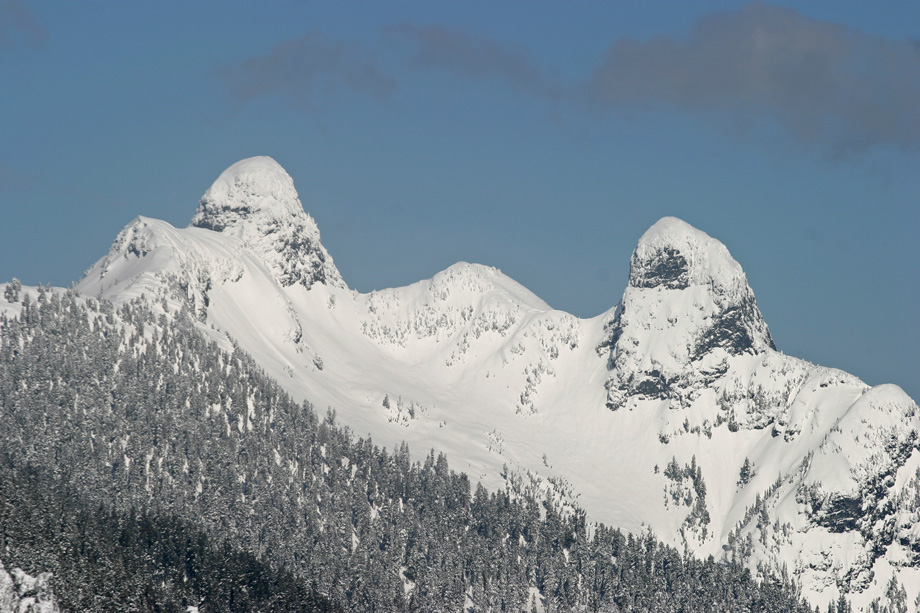
|
SUMMARY
| GEAR |
CAMERA ACCESSORIES |
LIGHTING |
- Camera
- Tripod
- Backup Device
- Portable Charger
|
- Silicone DSLR Case
- DSLR rain-sleeve/Rain Protection
- Chest/Hip-mounted camera bag
|
- Enhancing Natural Light
- Shooting in Snowy Conditions
|
|
| GEAR |
 |
| Shooting for multiple days in rugged and remote locations requires special gear in order to help capture the right images. Additionally, an outdoor photographer should have the necessary gear to keep his camera equipment safe in all weather conditions.
Camera:
In today's advanced-ever changing technology, finding the right camera can be challenging. Whether you choose to shoot using a digital single-lens reflex camera (DSLR) or a more trending option like Mirrorless Camera. Few things to consider, when finding the right camera such as camera weight, features, functionality, cost, battery life, and lens type. Ideally choose a camera that is light-weight, with high quality output. Cameras with interchangeable lenses are flexible but fixed lense are more stable for backpacking, and durable for challenging weather conditions. Additionally, DSLR are heavier and bulkier compared to mirrorless cameras. The goal is to find one that best aligns with your shooting adventure.
Tripod:
A tripod is a staple piece of equipment for almost any photographer. However, a typical consumer tripod is too bulky and heavy to be packed with a backpack for a multi-day trek. Many outdoor and backcountry photographers use small, flexible tripods such as Joby GorillaPod. Tripods like these are small and light enough to pack for outdoor activities, while being strong and rugged enough to stand up to a myriad of conditions. The legs of these tripods are also flexible, allowing you to easily get a level shot on uneven terrain.
Backup Device:
Whether you plan to travel along a familiar or an unfamiliar terrain, a backup device can be handy. If you run out of SD space, you can transfer your images/videos and take more advantage of your trip. Backup devices range in various types and prices. Wireless external portable drives are best suited for backcountry photography. As you have the ability to, transfer files within seconds. You also have the freedom to transfer files directly to your phone and edit on the go. Share your photos on social media or with your friends and family. If you are interested, check out My Passport Wireless SSD.
Portable Charger:
Highly recommended for backup and personal safety. Best to keep your cellular devices charged and prepared for the day. Resources are limited as you go deep into the forest, better to be safe than sorry. Ideally choose one that has a good battery life. A portable solar charger is a good investment for long trips. Which helps keep your devices well charged throughout your adventures.
|
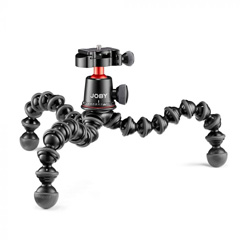
Joby GorillaPod
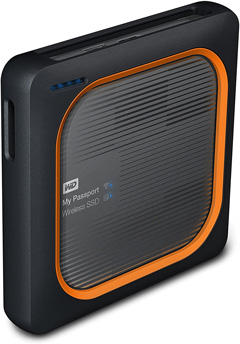
My Passport Wireless SSD by Western Digital
|
| CAMERA ACCESSORIES |
 |
|
Silicone DSLR Case
Weather conditions in the backcountry can change rapidly and dramatically. Without internet access to check weather forecasts, it's important that one is prepared for all possible conditions. Depending on the location, conditions can range from rain to heavy winds to blizzards. Fortunately, many modern digital cameras are manufactured in a way that makes them "weather-sealed." This means that the camera body is resistant to moisture as well as small particulates such as dirt and dust.
However, even if a camera is weather-sealed, extra precautions should be taken when travelling into remote areas of the outdoors where conditions can become severe. A silicone DSLR case such as an EasyCover can serve as an extra line of defense against dirt and water. Cases like these are made from a tough yet flexible silicone that covers the majority of the camera body, allowing full functionality while providing extra protection against water and dirt.
DSLR rain-sleeve/Rain Protection:
Heavy rain and snow calls for even more protection, as modern DSLRs are arguably more susceptible to moisture than to dirt and dust. Products such as a DSLR rain-sleeve allow you to shoot in light to heavy rain or snow while protecting the body of your camera. Rain Sleeves are simply a waterproof plastic bag with an opening that is tied around the front of the lens. This leaves the front of the lens unobstructed while covering the rest of the lens and camera body.
Chest/Hip-mounted camera bag:
Lastly, a tough but accessible camera carrying bag is essential for any outdoor photographer. Many choose a chest or hip-mounted camera bag for compatibility with most outdoor backpacks. One should be sure that the camera case is thick and durable enough to protect the camera from bumps or drops, while also having a built-in rain-cover for transporting the camera in rain or snow.
|
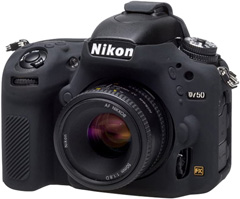
Easy Cover Flexible Silicone Case
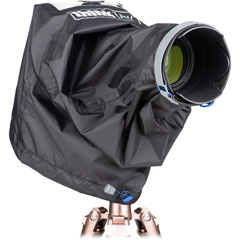
Think Tank Rain Cover for Rain Protection
|
| LIGHTING |
 |
|
Enhancing Natural Light:
When shooting for extended periods in remote locations such as the backcountry, a photographer becomes almost completely dependent on utilizing natural light for their images. During most lighting conditions, an intermediate to experienced photographer will be able to properly adjust their camera's settings to correct for any challenges. As is known by most photographers, dawn and dusk are great times for shooting. At these times, known as "golden hour," the light is more colorful and less harsh than it is at mid-day. As the sun lingers near the horizon, it shines more horizontally, lighting up the mountaintops. Many landscape photographers shoot primarily during these "golden hours" for its numerous advantages over mid-day lighting.
Shooting in Snowy Conditions:
In many areas of Canada and the United States, snowy conditions can persist in the backcountry well into summer. Shooting in snowy conditions can be challenging for many photographers, especially during the daytime. Snowy conditions reflect much more light which can confuse the sensors in a DSLR and make it difficult to achieve proper exposure. Therefore, knowledge of how to properly expose in bright, snowy conditions is crucial for anyone heading into such environments.
Many times, the bright and overwhelming light from snowy conditions will confuse a DSLRs sensor, causing it to create an image much darker than the actual setting. Most modern DSLRs are equipped with a tool called "exposure compensation." By setting your exposure compensation to +1 or +2, the camera will "brighten" the image that it captures, offsetting any confusion in your camera's sensor. Once again, shooting at "golden hour" is a great option in snowy conditions. It allows the photographer to take advantage of softer, more colorful light and avoid having to correct any sensor issues caused by harsh, mid-day light.
|
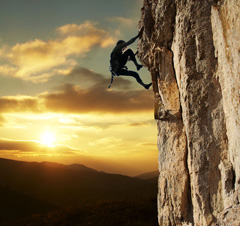
Shooting during Golden Hour
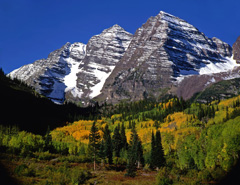
Shooting in Remote Locations
|
| CONCLUSION |
 |
|
These are just a few examples of gears that might save your day, but not essential. Your gear may vary based on your choices and needs. Backcountry photography leaves a photographer at the mercy of their surroundings and the natural elements. It requires a special set of gear in order to help create the desired images and to keep valuable equipment safe. It's also necessary to have knowledge and experience shooting with only natural light and being able to adapt to varying lighting conditions.
|
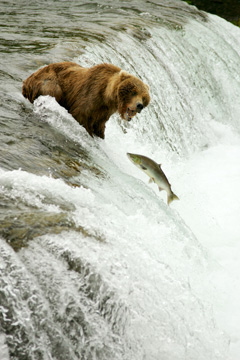
Capturing Thrilling Moments
|
|
If you have questions about any of our services or products, don't hesitate to contact us. Our knowledgeable staff is always happy to assist with answers, advice, or suggestions.
|
|
© 2002-2024 - KeenART Media Ltd.
|
|
| |
|

